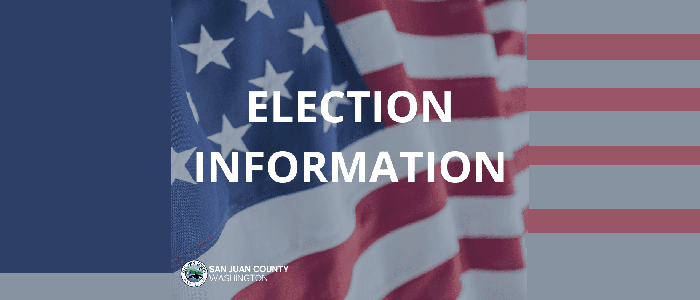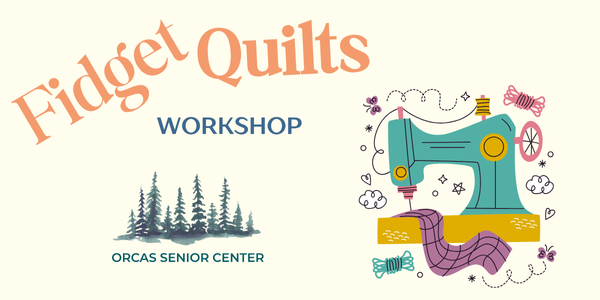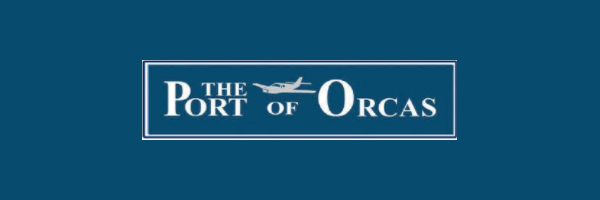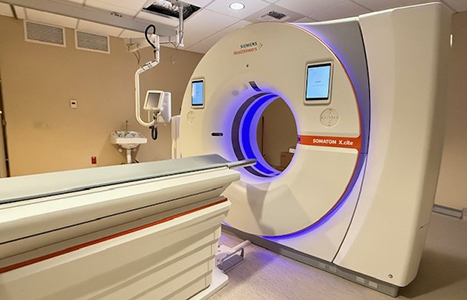$414,702 to San Juan County
— from Susan Zemek, WA Recreation and Conservation Office —
OLYMPIA–The Washington Salmon Recovery Funding Board today announced the award of $26.1 million in grants for projects across the state aimed at bringing salmon back from the brink of extinction.
This year marks the 20th anniversary of the board’s creation and the suite of projects announced today brings the total amount of salmon recovery since the board’s start as follows:
- 713 barriers to migrating fish corrected, giving salmon access to 2,082 miles of habitat
- 537 miles of streams conserved to ensure they remain healthy habitat for generations of salmon to come
- More than 48,500 acres of shorelines, estuaries, wetlands, and other stream habitat restored
- More than 17,700 acres of land along rivers, wetlands, and estuaries cleared of invasive species
With today’s decisions, the board has approved a total of 3,093 grants and surpassed the $1 billion investment mark since 1999, including matching funds from grant recipients.
“The work being done across the state on salmon recovery is critical,” said Gov. Jay Inslee. “These grants for on-the-ground projects will help us restore salmon to healthy levels that allow for both protection and a robust fishery. We must do everything we can to restore this beloved Washington icon and help orcas, which are starving due to lack of salmon, before it is too late.”
“These grants create many other benefits for local communities, such as better water quality, less flooding, more resiliency to climate change and a boost to our statewide economy,” said Phil Rockefeller, chair of the Salmon Recovery Funding Board. “Since the board’s beginning, its grants have created or sustained more than 4,000 jobs and contributed to the state’s economy as grant recipients spend the money for products and services.”
The Salmon Recovery Funding Board awarded grants to organizations for 96 projects in 28 of the state’s 39 counties. Grant recipients will use this funding to remove barriers that prevent salmon from migrating to and from the ocean, increase the types and amount of salmon habitat and conserve pristine areas.
PROJECTS IN SAN JUAN COUNTY TOTAL: $414,702
Friends of the San Juans Grant Awarded: $41,752 Restoring Shoreline in the San Juan Islands The Friends of the San Juans will use this grant to remove 215 feet of armoring in a pocket beach on southwest Lopez Island in the outer portions of MacKaye Harbor. Removing the degraded armor will uncover buried spawning habitat previously used by the fish salmon eat. The shoreline is used by Chinook salmon, which is a species listed as threatened with extinction under the federal Endangered Species Act. The Friends of the San Juans will contribute $7,368 in another grant. Visit RCO’s online Project Snapshot for more information and photographs of this project. (19-1332)
San Juan County Grant Awarded: $16,420 Planning Crescent Beach Restoration The San Juan County Public Works Department will use this grant to begin planning a project to improve tidal and fish access to a large saltmarsh north of Crescent Beach Road. Currently, a too-small culvert is plugged with sand and restricting tidal exchange between Ship Bay and a lagoon. Culverts are pipes or other structures that carry water under roads and often block fish Salmon Recovery Grants Awarded December 2019 26 migration because they are too steep, to tall, or too small to allow fish to pass through easily. The county will complete a hydraulic study and design alternatives. Ship Bay is core spawning habitat for the herring, and Crescent Beach is a spawning beach for Pacific sand lance. Salmon eat both of those species. San Juan County will contribute $3,000 in donations of cash. Visit RCO’s online Project Snapshot for more information and photographs of this project. (19-1451)
San Juan Islands Conservation District Grant Awarded: $100,000 Recovering Eelgrass in the San Juan Islands The San Juan Islands Conservation District will use this grant to transplant eelgrass and distribute seeds in Blind and Wescott Bays. The district will monitor test plots in the bays to determine their success. Increasing eelgrass will support recovery of herring, Chinook salmon, and southern resident killer whales. Eelgrass beds provide important habitat for migrating Chinook salmon, which is a species listed as threatened with extinction under the federal Endangered Species Act. The conservation district will contribute $17,648 in donations of labor. Visit RCO’s online Project Snapshot for more information and photographs of this project. (19-1402)
San Juan Preservation Trust Grant Awarded: $256,530 Protecting Griffin Bay Shoreline The San Juan Preservation Trust will use this grant to buy a voluntary land preservation agreement, also called a conservation easement, to protect 7.3 miles of shoreline habitat, including about .1 mile of pocket beaches along San Juan Island’s Griffin Bay. Protecting this area will support habitat for salmon, the food they eat, and other wildlife. The San Juan Islands near-shore is used by Chinook salmon, which is a species listed as threatened with extinction under the federal Endangered Species Act, and by coho salmon, which is a federal species of concern. The trust will contribute $45,270 in donations of land. Visit RCO’s online Project Snapshot for more information and photographs of this project. (19-1468
How Projects are Chosen
Projects are selected by lead entities, which are watershed-based groups that include tribes, local governments, nonprofit organizations and citizens. This ensures that the projects selected are community priorities. Lead entities vet projects based on federally approved, regional salmon recovery plans and prioritize projects to submit to the Salmon Recovery Funding Board for funding. Regional salmon recovery organizations and the board review each project for cost-effectiveness and to ensure they will benefit salmon.
“This community-based approach, combined with regional and state scientific review ensures that we are picking the projects that will benefit salmon the most,” said Kaleen Cottingham, director of the Washington State Recreation and Conservation Office, which administers the grants. “While salmon are not recovered yet, these grants have had a significant impact on slowing the decline of salmon and in some cases helping to bring them close to recovery goals. This is not easy work and change won’t happen quickly, but without these grants, it won’t happen at all.”
Why Save Salmon?
Washington salmon populations have been declining for generations. As Washington grew and built its cities and towns, it destroyed many of the places salmon need to live. In 1991, the federal government declared the first salmon as endangered. By the end of that decade, salmon and steelhead and bull trout populations were listed as threatened or endangered in three-quarters of the state.
Those listings set off the formation of the Salmon Recovery Funding Board to oversee state and federal investments in salmon recovery. Funding for the grants comes from the Legislature-authorized sale of state bonds and from the federal Pacific Coastal Salmon Recovery Fund, which National Oceanic and Atmospheric Administration’s National Marine Fisheries Service administers.
**If you are reading theOrcasonian for free, thank your fellow islanders. If you would like to support theOrcasonian CLICK HERE to set your modestly-priced, voluntary subscription. Otherwise, no worries; we’re happy to share with you.**








It’s good to see that San Juan County organizations received a decent share of these grants, totaling almost $415,000.
So, another effort to close Crescent Beach Road. Hhhhmmm. “Include a road removal alternative in the feasibility study (road removal is most suitable from an ecological and community resiliency standpoint-General Comment), There is an open channel alternative that would not have the road crossing the channel (pg 5, #8A).”